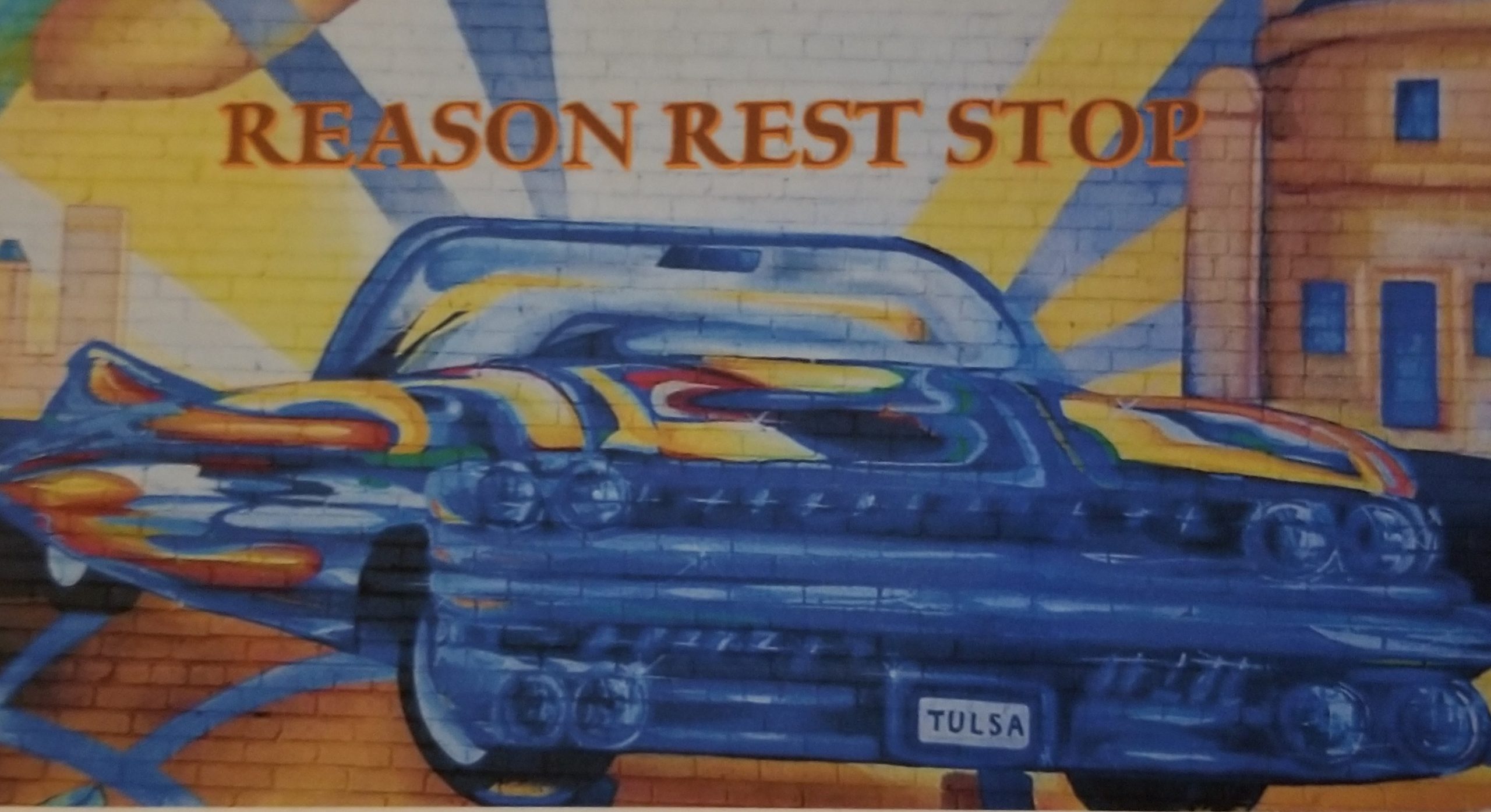It has been a very historic week in America in terms of commemorating notable events, landmark decisions handed down by the highest court in the land and executive orders issued by some southern state governors to remove archaic incendiary emblems from their purview. I myself could feel the tectonic shift of public opinion when the Supreme Court upheld the Affordable Care Act and marriage equality, both decisions coming on the heels of the removal of the Confederate battle flag from the Alabama State Capitol. Where that flag has not been removed, its disposition is at very least going to be discussed. It crushes me that it took the murder of nine innocent citizens in a church in Charleston, SC by a misguided merchant of hate to highlight something so glaringly obvious.
First, let us remember the end of the conflagration in which the banner of the Army of Northern Virginia was followed by the vanquished. A couple hours south of this the most conservative stretch of old Route 66 in what is present day Choctaw County Oklahoma once stood the town of Doaksville in the old Indian Territory. That was the place, near the site of Fort Towson, where 150 years ago this past week the last Confederate field commander surrendered his forces. Brigadier General Stand Watie, the only Native American to attain the rank of general officer in either army, surrendered his battalion of Cherokee, Creek, Seminole and Osage warriors to Lt. Col. Asa C. Matthews a full 75 days after .
Surrender of Gen. Stand Watie by Dennis ParkerFor all the fuss over the cultural and patriotic significance of the Battle Flag of the Army of Northern Virginia, I have not heard nor seen any of the sort over the banner under which General Stand Watie served.
1st Cherokee Mounted Regiment(image by Wikimedia)
The use of a symbol or standard for all the wrong reasons is not a concept that is new along this stretch of the Mother Road. Back in the 1930’s the outfit most of the local National Guard units are elements of, the 45th Infantry Division, was forced to change their original shoulder emblem. The 45th Division was formed in 1923 with members from four states, Oklahoma, Colorado, New Mexico and Arizona. It was from the heavy Native American influence and membership that the 45th chose for its original shoulder emblem an ancient American Indian symbol of good luck:
image by WikimediaThe 45th kept its original shoulder emblem for the first fifteen years of its existence. After a group of fascist assholes in Berlin, Germany grabbed onto it and twisted it into a universally recognized symbol of hate, the 45th Infantry Division changed its emblem to another authentic Native American symbol:
(image by Wikimedia)The 45th Infantry Division is a revered and respected institution in Oklahoma as is their emblem, the Thunderbird, bringer of all things good.
The Confederate battle flag is symbolic of a defeated cause and a reminder of a time in our national history that the USA was once two nations. To its apologists who insist that the late War between the States was not about slavery but about state’s rights, I pose the following query: State’s rights to do what? The answer goes without saying, to defend the institution of slavery.
The tolerance of the racism inherent in that particular ensign is symptomatic of why certain people in certain demographics lag behind in terms of a more modern and inclusive world view. The raw emotion it elicits can only be eclipsed by something more basic, that being the love of and subservience to the Almighty Dollar. I know not everybody will see it this way and that is fine. At the end of the day it will bear out that it is far better to be a disgruntled malcontent and solvent than to be a satisfied bigot and bankrupt. It is my hope that as few people as possible have to learn this most difficult lesson the hard way.
(image by Wikimedia)

